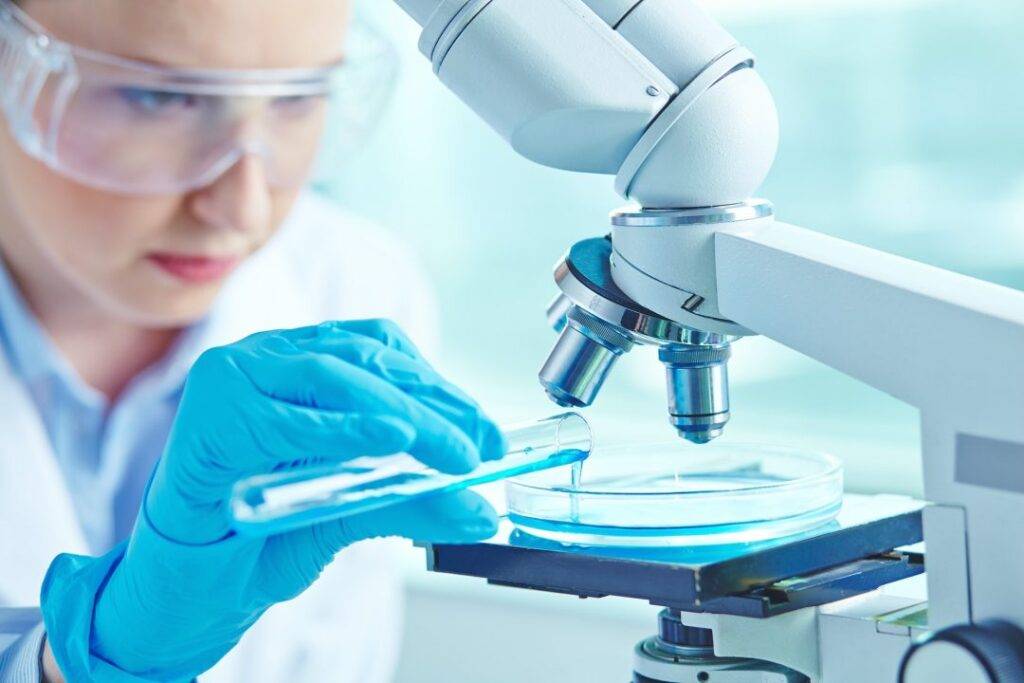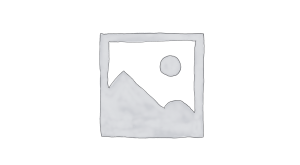| 货号: S219000 |
| 产品全名: FUNDC2 兔多抗 |
| 基因符号 DC44; HCC3; HCBP6; PD03104 |
| UNIPROT ID: Q9BWH2 (Gene Accession – BC000255 ) |
| 背景: FUNDC2 (FUN14 domain-containing protein 2), also known as HCC-3 (cervical cancer proto-oncogene 3 protein), HCBP6 (hepatitis C virus core-binding protein 6) or DC44, is a 189 amino acid protein belonging to the FUN14 family. The gene encoding FUNDC2 maps to human chromosome Xq28. The X and Y chromosomes are the human sex chromosomes. Chromosome X consists of about 153 million base pairs and nearly 1,000 genes. The combination of an X and Y chromosome lead to normal male development while two copies of X lead to normal female development. More than one copy of the X chromosome with a Y chromosome causes Klinefelter’s syndrome. A single copy of X alone leads to Turner’s syndrome. More than 2 copies of the X chromosome, in the absence of a Y chromosome, is known as Triple X syndrome. Color blindness, hemophilia, and Duchenne muscular dystrophy are well known X chromosome-linked conditions which affect males more frequently as males carry a single X chromosome. |
| 抗原: Fusion protein of human FUNDC2 |
| 经过测试的应用: ELISA, IHC |
| 推荐稀释比: IHC: 50-300; ELISA: 5000-10000 |
| 种属反应性: Rabbit |
| 克隆性: Rabbit Polyclonal |
| 亚型: Immunogen-specific rabbit IgG |
| 纯化: Antigen affinity purification |
| 种属反应性: Human |
| 成分: PBS (without Mg2+ and Ca2+), pH 7.4, 150 mM NaCl, 0.05% Sodium Azide and 40% glycerol |
| 研究领域: Metabolism, Epigenetics and Nuclear Signaling |
| 储存和运输: Store at -20°C. Avoid repeated freezing and thawing |
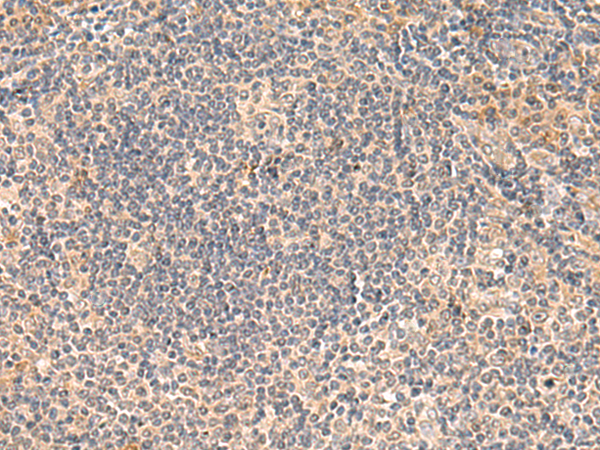
Immunohistochemistry analysis of paraffin embedded Human tonsil tissue using 219000(FUNDC2 Antibody) at a dilution of 1/50(Cytoplasm or Nucleus). | 
In comparision with the IHC on the left, the same paraffin-embedded Human tonsil tissue is first treated with the fusion protein and then with 219000(Anti-FUNDC2 Antibody) at dilution 1/50. | 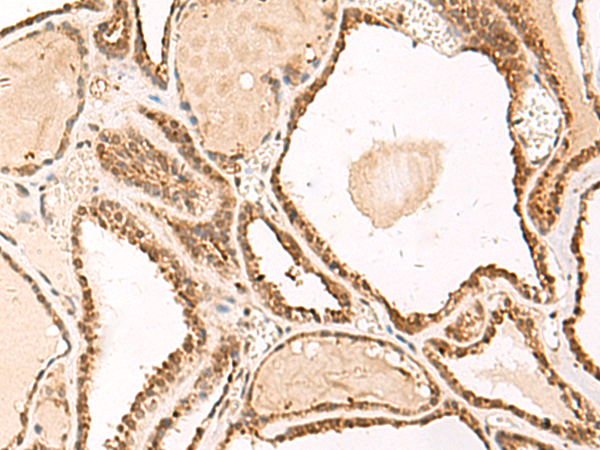
The image on the left is immunohistochemistry of paraffin-embedded Human thyroid cancer tissue using 219000(Anti-FUNDC2 Antibody) at a dilution of 1/50. | 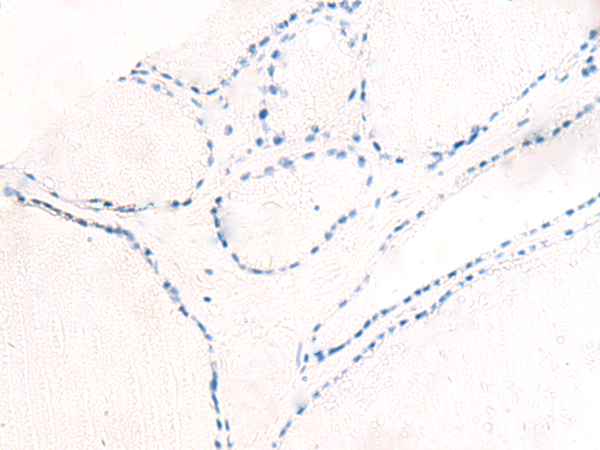
In comparision with the IHC on the left, the same paraffin-embedded Human thyroid cancer tissue is first treated with fusion protein and then with D225629(Anti-FUNDC2 Antibody) at dilution 1/50. |
|
